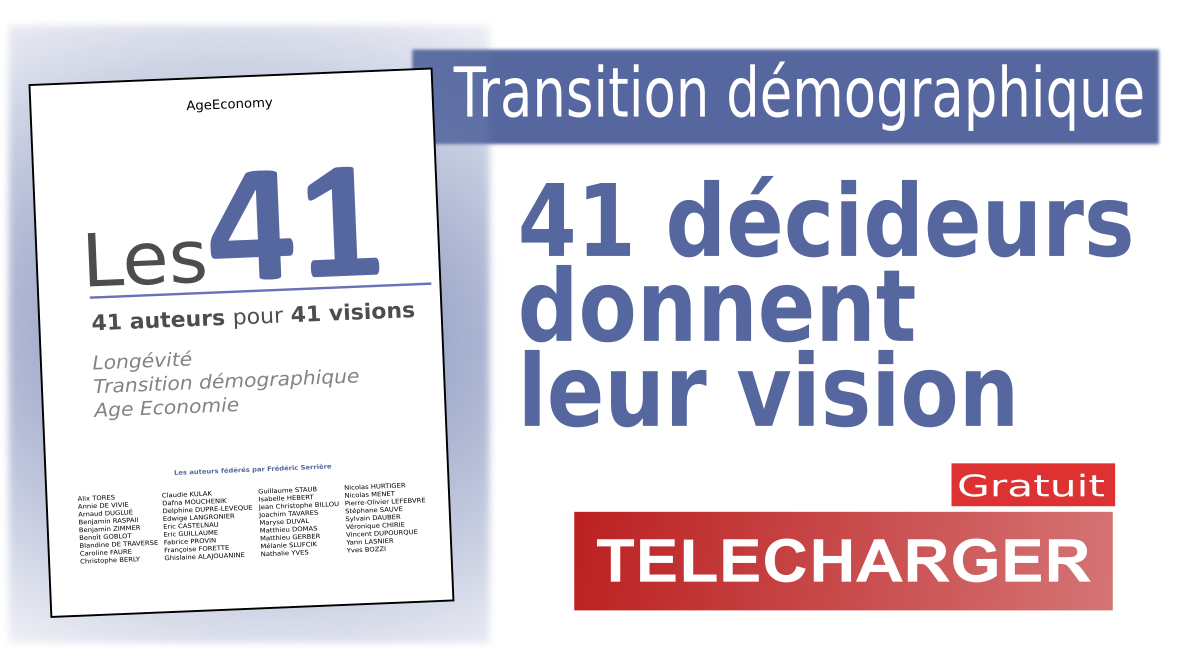The quantitative relation between older and younger people will change considerably in Germany in the next few decades. As envisaged by the most recent co-ordinated population projection of the Federal Statistical Office, half of the population will be aged over 48 and one third be 60 or older in 2050. Besides, the number of inhabitants in Germany will decline in the long term despite the assumed rates of immigration from abroad. This was reported by the President of the Federal Statistical Office Johann Hahlen in Berlin today when he presented the results of the Office’s 10th co-ordinated population projection until the year 2050.
Today, Germany has about 82.5 ;million inhabitants. In accordance with the « middle variant » of the population projection which the following results are based on, the population figures will – after a small increase to 83 ;million – decline from 2013 down to the 1963 ;level (slightly more than 75 ;million) by the year 2050. The « middle variant » is based on the following assumptions: constant birth rate of an average 1.4 children per woman, increase in the life expectancy of a new-born boy to 81.1 ;years and of a new-born girl to 86.6 ;years by 2050, and an annual net immigration of about 200,000 persons.
The future long-term decline in Germany’s population is due to the fact that, like in the past 30 years, more people will die than be born in the next five decades as well. Because of the assumed continuation of the low level of births in Germany, today’s annual birth rate of about 730,000 will shrink to approximately 560,000 by the year 2050. It will then amount to not more than half the number of annual deaths, consequently, the « deficit of births » will total about 580,000 (2001: 94,000).
The low level of births will lead to a situation where the younger age cohorts (approximately up to the 50th ;year of age) will generally show a smaller occupancy rate than the older age cohorts. While today, the number of people who are younger than 20 amounts to 17 ;million (21% of the population), it will fall to 12 ;million (16%) in 2050. The group of persons aged 60 and over will be more than twice as big (28 ;million, 37%). Besides, 9.1 ;million people , i.e. 12% of the population (2001: 3.2 ;million, 3.9%), will be 80 years or older in 2050
The so-called old-age ratio shows the expected shifts in the age structure in a particularly clear manner. In 2001, the ratio was 44 for an actual average retirement age of 60 years, i.e. the ratio was 100 persons at working age (between 20 and 59 years) to 44 persons at retirement age (60 years and over). In accordance with the « middle variant » of the projection, the old-age ratio will rise to 78 by 2050. If people retired at an age of 65 instead of 60, the old-age ratio would be by far lower. The ratio expected for the year 2050 would then be 55 instead of 78 for the retirement age of 60.
Ageing of the German population will cause problems not only in 50 years’ time. It will pose a challenge as early as in the next two decades. The old-age ratio shows a critical acceleration of ageing between 2010 and 2030. Between 2001 and 2010, the old-age ratio will climb « only » from 44 to 46 for the retirement age of 60 years, while afterwards it will considerably rise to 55 by 2020 and actually jump to 71 by 2030. The subsequent rise will no longer be as strong (2040: 73 and 2050: 78). Even if the actual retirement age were changed to 65 years, the old-age ratio would nevertheless jump sharply between 2020 and 2030. During those ten years, it would rise from 36 to 47, i.e. at least twice as fast as in the previous decades. Especially around the year 2020, the age structure of the population at working age – i.e. between 20 and 64 years in accordance with the age ratio for retirement at 65 – will be dominated by the older generation (between 50 and 64 years). That age group, then including a total of 19.5 ;million people, will account for not less than 39% of the labour force potential in 2020. For the time being, the generation of the 35 to 49 ;year-olds is the largest (20 million, 38%) whose size will however shrink to 16 million by 2020.
The results of the 10th population projection are essentially based on the current age structure and on birth rate, life expectancy and immigration assumptions. In this context, one assumption was made about birth rates, three regarding the development of life expectancy, and three regarding net migration, the expected annual net immigration being approximately 100,000, 200,000, or in the beginning 200,000 and from 2011 300,000 persons. On the whole, calculations were made for nine variants of population development.
Since the degree of reliability of the above values’ development declines with an increasing distance from the base date 31 December 2001, such long-term calculations have a model character. They are not to be considered as prognoses for the respective periods covering several decades each, but reflect the results of putting the assumptions described above into practice.
More information on the details of the assumptions and the results of the 10th co-ordinated population projection are included in the press brochure « Bevölkerung Deutschlands bis 2050 » which may be downloaded as a pdf ;document free of charge at www.destatis.de, path: Presse/Presseveranstaltungen. In addition, an animated population pyramid is accessible on the web page of the Federal Statistical Office which illustrates the changes in the age structure of the country’s population from 1950 until 2050.




